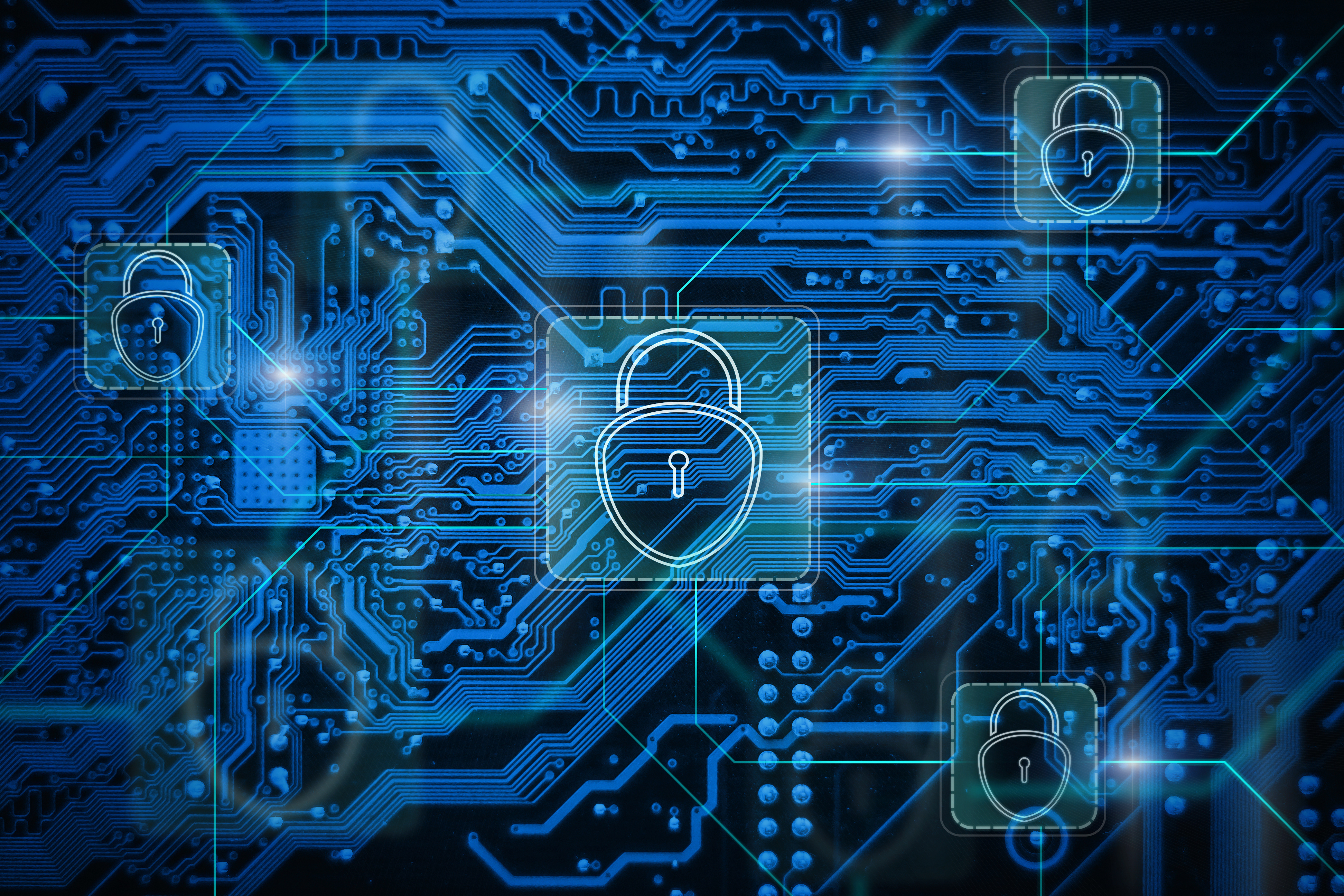
Strengthening Digital Defenses: Modern Security Frameworks for Evolving Threats
#Cybersecurity frameworks #Enterprise security architecture #Threat mitigation strategies #Zero Trust security #Network defense mechanisms #Vulnerability management
As cyber threats escalate in sophistication, businesses must adopt proactive security frameworks that align with global standards. This article explores modern defense strategies designed to safeguard critical infrastructure and maintain uninterrupted operational integrity.


